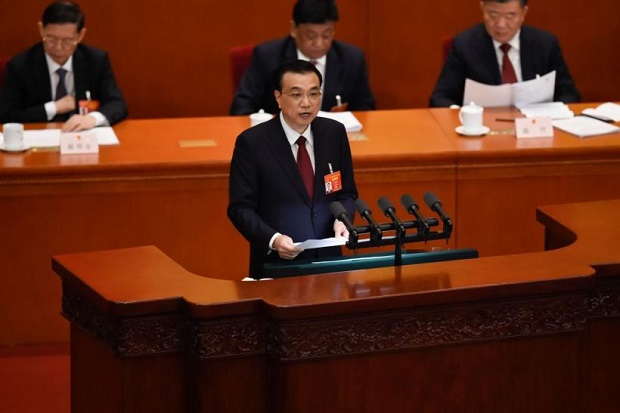
The annual meeting of China’s legislative body, the National People’s Congress (NPC) came to an end on 15 March 2019 with Premier Li Keqiang expressing commitment towards several reforms in China’s banking and financial sector. Apropos the reforms, the large state-owned commercial banks have been instructed to increase their lending by 30 per cent to micro, small and medium enterprises (MSMEs). Economists, analysts and bankers remain sceptical however, owing to the vague character of the declarations. Detailed and clarified reforms are required in order to encourage truly productive lending.
At present, there are 38.82 million MSMEs in China. MSMEs in China are defined as firms with less than 300 employees, an average revenue of RMB 30 million and RMB 40 million in assets. Market liberalisation and reform policies in various sectors and industries have been beneficial for MSMEs. MSMEs have emerged as a crucial component of China’s economy as they account for 75 per cent of total jobs, alleviate poverty and facilitate rural development. However, vulnerabilities remain due to poor execution of reforms.
For example, reforms have been inadequate with respect to the property rights of the SMEs, leading to the discouragement of private investors. Investors face problems in administrative procedures like taxation due to vague definitions. In particular, firms find it difficult to predict the level of tax they will face owing to the ambiguity regarding whether they qualify as a state-owned or collective owned enterprise. Raising lending targets of banks without addressing this ambiguity, therefore, is not adequate to empower MSMEs.
While the Chinese government expects total loans made to MSMEs to increase by RMB 300 billion on account of the raised lending requirements, this may not materialise due to lack of clarity in the NPC report. Although it instructs banks to lend to “small companies,” it is uncertain whether this term is defined the same as MSMEs or whether it refers to a subset of these. These will exacerbate existing confusions – only 63.1 per cent of the total SMEs in China applied for loans from the institutions as of 2018. Moreover, the creation of too many administrative stages in lending procedures for Township and Village Enterprises (TVEs) has made the entire affair more time-consuming.
Nor has the recently expressed reform commitment adequately addressed shortcomings in the Credit Guarantee System (CGS) – an institutionalised service offered by specialised agencies that help SMEs obtain loans from non-banking financial institutions. The CGS is intended to solve the problem of high financing cost for SMEs, reducing the bank’s management and operational risks, while developing the credit rating agency market in the country. It suffers from notable shortfalls that are in need of resolution. Firstly, the seven thousand credit guarantee subsidiaries that currently exist are still not catering to the problem of asymmetric information between the banks and enterprises. Enterprises are not adequately aware of collateral management, ways of repaying previous loans and other finance related technical details (like credit score) that the banks can mentor to the SMEs.
Secondly, there are no specific changes in the collateral requirements by the government, which is of significant concern for the banks. Even though the CGS Policy is well defined in official papers, it is not very efficient at the grass root level as the bank managers are still reluctant to invest in SMEs. This is also owing to the rising non-performing loan ratio – banks are, thus, resorting to fulfilling their annual loan targets by lending largely to small State-owned enterprises (SOEs) on the grounds that the state guarantees repayment. For example, the famous InnoFund government program that supports R&D activities does not fund the MSMEs at opening stages as the preference is for state-backed companies.